
Electrical motors are excellent tools utilized in various ways, making things more straightforward in our daily lives and a broad range of industrial applications. However, when these motors fail, the operation typically comes to a standstill till they’re functioning perfectly. The diagnosis for electrical motor breakdown might range from the ordinary to the utterly strange.
While the list of probable fault reasons might go on endlessly, we’ll look at some of the most prevalent causes of malfunctions in electric motors.
Contents
Common Causes of Electric Motor Failures
To assist you better in addressing and understanding the most common electric motor failures, we have listed the usual causes by consulting with an expert.
1. High Temperatures And Overheating
Most motor failures and deterioration can be due to exposure to extreme heat. Your first concern should be to ensure that your motor runs in the range of functioning temperature.
In most cases, electrical motor failure results in excessive heat generation. Research shows that exposing the insulation in the motor windings to an additional 10° C of heat will reduce the operating life in half. Even a slight increase in temperature might cause problems over time.
2.Accumulation of Dust And Debris
When it comes to protecting electric motors from dust and pollutants, enclosures are used commonly. However, if the enclosures are not Ingress Protected to the appropriate grade, tiny particles can still get inside.
Just as with any other machine, this exposure may cause damage to electrical motor parts, which can ultimately result in failure. Based on the type of contamination involved, the damage might vary from component degradation due to corrosion to interruption in the current, among other possibilities.
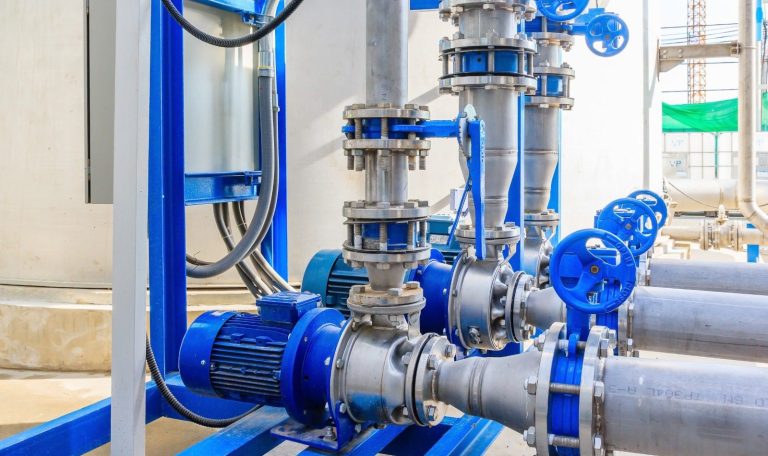
3.Sudden Power Surges
Like all other electric equipment, electric motors require sable electricity to operate efficiently. It is quite likely that a device has failed if the supplied voltage and current exceed the limit set by the device or motor in question. That’s why many industries have installed variable speed drives to reduce the impact of any unanticipated spikes in electrical power. Consider seeing an expert if your electric motor lacks variable speed drives.
4.Wear And Damage of Bearing Over Time
Bearings are essential to the operation of an electric motor, but they are often disregarded. Overheating, poor lubrication, and excessive drag are just some of the problems that might cause one of these tiny bearings breaks. Bearing problems can be caused by various factors, the most prevalent of which are motor imbalance, extreme load management, and poor fitting.
More Interested: PREDICTIVE MAINTENANCE
Bearing failures in electric motors account for 13% of all actual failures. You can detect early bearing deterioration or failure indicators by monitoring the motor continuously. This is an excellent technique to determine whether your electric motor’s bearings are damaged before it becomes a headache.
5.Humidity and Moisture
We can’t say that electrical equipment gets along well with moisture. And, it’s almost impossible to keep your facility dry and free of moisture and humidity. Your electrical motor’s insulation can be damaged by moisture (and greater exposure to water), affecting the motor’s overall life and putting your life in danger.
For this reason, it is crucial to choose a location where to store your motor safely. Moreover, try to install humidity-control and monitoring devices near the motors.
Several variables and possible causes might disrupt an electric motor and impair its performance in the long run. The key to ensuring your equipment continues to operate at peak performance for as long as possible is to adapt long-term preventive maintenance as well as predictive maintenance to your facility.
If you are experiencing a motor problem, contact a specialist immediately. If not, contact us before you face a problem with your 3-phase electrical motors.






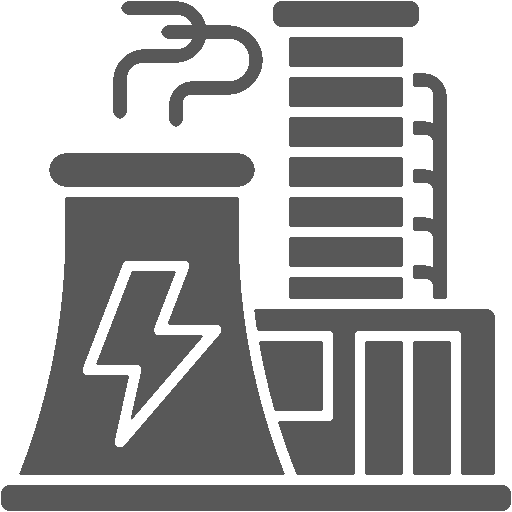
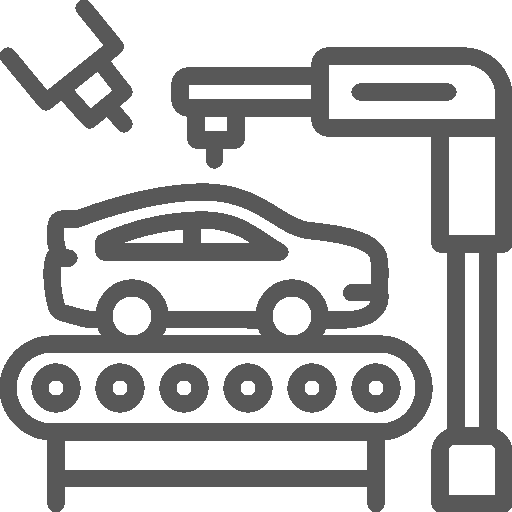


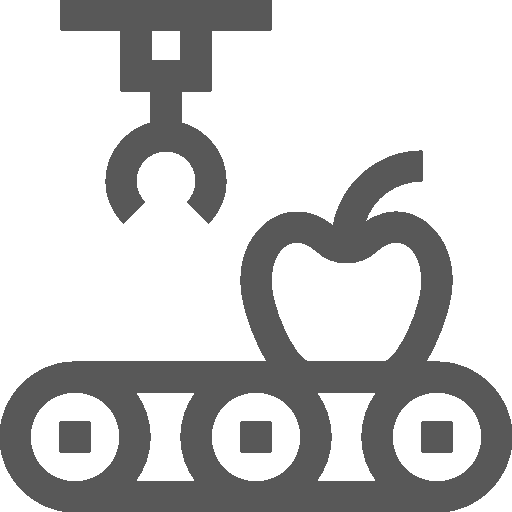

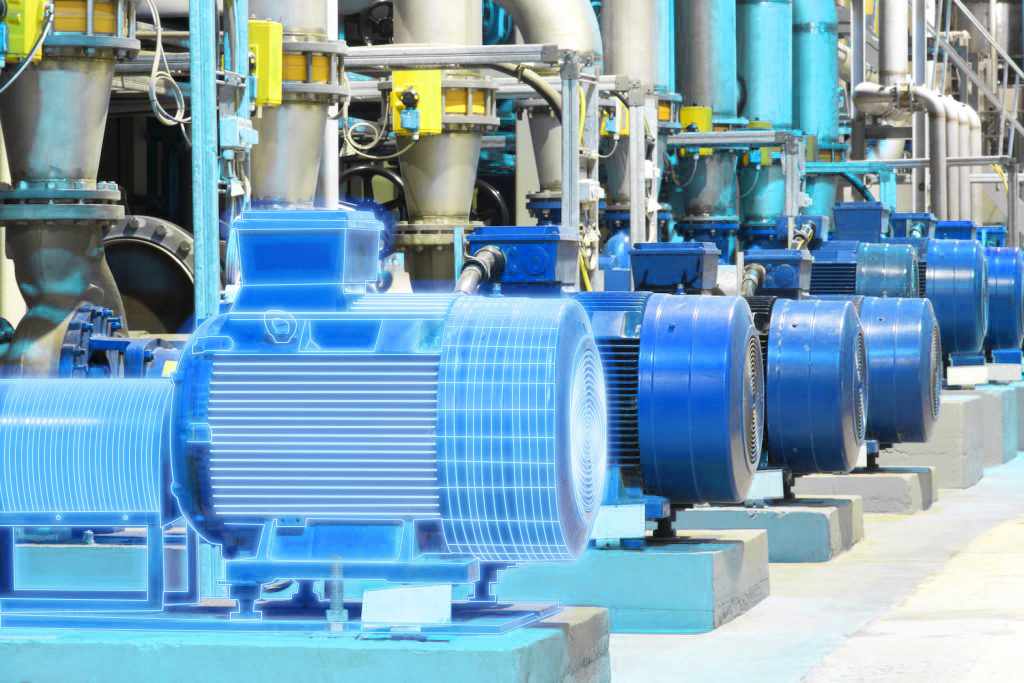
 White Papers
White Papers Case Study
Case Study Documents
Documents Webinars
Webinars Events
Events ROI Calculator
ROI Calculator FAQ
FAQ